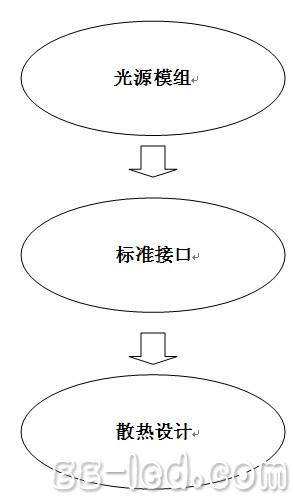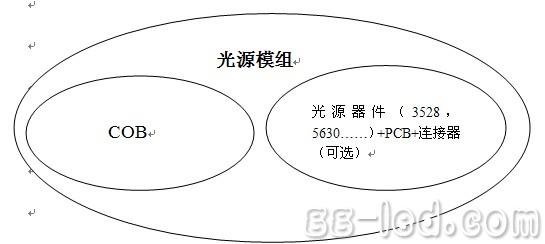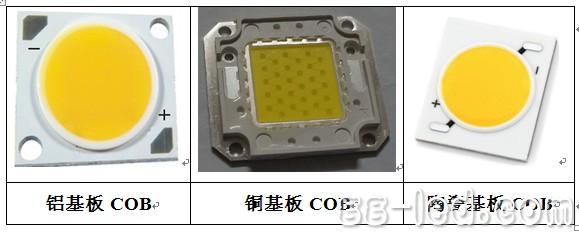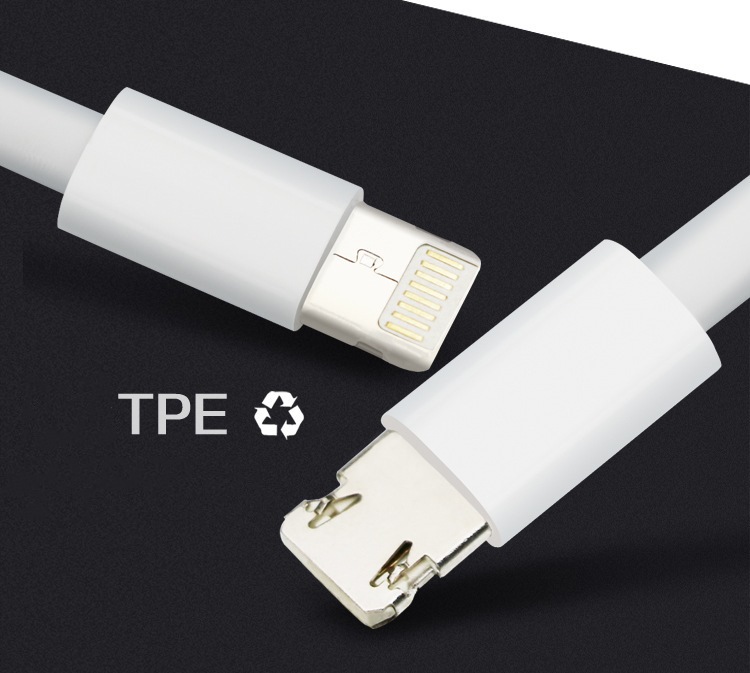Abstract: Lighting is the basic needs of human beings, and lighting also represents the level of economic activity. In recent years, due to global economic growth, continued urbanization, and the expansion of non-urban power grids, factors such as the increase in general buildings and manufacturing industries have led to rapid growth in lighting demand and continued growth in energy consumption. As a new kind of light source, LED is increasingly being integrated into people's lives, and its development cannot be separated from people's demand for lighting. Compared to traditional light sources (such as fluorescent and incandescent lamps), LEDs are 5-20 times more efficient than conventional light sources when they are close to theoretical conversion efficiency. Even at this stage of mass production, the level is between 2-15 times, and combined with the advantages of its directivity, the gap will be even greater.
Due to the change of the principle of illumination, its lifetime will be much higher than that of traditional light sources. In addition, since LEDs also have a series of advantages such as no harm to health and the environment, they have been recognized as the most suitable light source for the next generation at this stage. However, LED lighting fixtures can not be widely promoted and applied so far, can not enter thousands of households, the main reason is the high price of LED lighting, how to reduce the price of LED lighting, market and experience tell us --- LED modularization .
LED modular development mode: (1) light source modularization, (2) device + PCB integration, (3) integration of light source and power supply, (4) light source, power supply, heat dissipation, optical integration, (5) Connect the port and standardize the base.
As a vertically integrated LED company, Zhenmingli Group's original LMDM lighting integration service plan provides customers with customized lighting solutions and assists customers in solving the four key tasks of light, heat, electricity and machine during the development stage of each product. Technical difficulties.
This article mainly describes from the aspects of LED light source module, standard interface and heat dissipation design.
1. Light source module
This includes both COB and light source device + PCB modes. See below.
1.COB package
The COB package, that is, the chip on board, is to adhere the bare chip to the interconnect substrate with conductive or non-conductive glue, and then perform wire bonding to realize electrical connection (the flip chip method does not require wire bonding), that is, the LED chip and the substrate are integrated. technology.
For COB packages, there are currently two categories: (1) low thermal resistance packaging process; and (2) high reliability packaging process.
(1) Low thermal resistance packaging process
The low thermal resistance COB package is currently divided into an aluminum substrate COB, a copper substrate COB, and a ceramic substrate COB.
Due to the low cost of the substrate, the COB light source of the aluminum substrate has a high cost performance. In addition, the light efficiency can be up to 130LM/W. Based on the above advantages, LED bulbs, LED downlights, etc. are widely used. On the luminaire, but due to the limitation of the thermal conductivity of the aluminum substrate (currently the thermal conductivity of the conventional substrate is 1-2W/mK), it is suitable to be a 5-10W COB light source.
The copper substrate COB, because the chip is directly fixed on the copper, the thermal conductivity of copper is 380W/mK, the heat conduction effect is good, the COB of 20-50W can be packaged, and the luminous efficiency can reach 130LM/W. Currently, the LED projection lamp is widely used. LED street lights and other lamps, but to prevent local overheating, generally package 20-50W COB light source.
Ceramic substrate COB, ceramic is currently recognized as the most suitable material for LED packaging substrate, with its excellent thermal conductivity, excellent insulation performance, small thermal deformation and other advantages. Widely used in high-grade, high-reliability LED lamps, currently packaged 10-50W COB light source, but due to its expensive substrate, it is generally used in the field of high-end LED lighting and high reliability requirements.
Three substrate COB cost performance comparison

Comparison of advantages and disadvantages of COB of three substrates


Due to the change of the principle of illumination, its lifetime will be much higher than that of traditional light sources. In addition, since LEDs also have a series of advantages such as no harm to health and the environment, they have been recognized as the most suitable light source for the next generation at this stage. However, LED lighting fixtures can not be widely promoted and applied so far, can not enter thousands of households, the main reason is the high price of LED lighting, how to reduce the price of LED lighting, market and experience tell us --- LED modularization .
LED modular development mode: (1) light source modularization, (2) device + PCB integration, (3) integration of light source and power supply, (4) light source, power supply, heat dissipation, optical integration, (5) Connect the port and standardize the base.
As a vertically integrated LED company, Zhenmingli Group's original LMDM lighting integration service plan provides customers with customized lighting solutions and assists customers in solving the four key tasks of light, heat, electricity and machine during the development stage of each product. Technical difficulties.

This article mainly describes from the aspects of LED light source module, standard interface and heat dissipation design.

1. Light source module
This includes both COB and light source device + PCB modes. See below.

1.COB package
The COB package, that is, the chip on board, is to adhere the bare chip to the interconnect substrate with conductive or non-conductive glue, and then perform wire bonding to realize electrical connection (the flip chip method does not require wire bonding), that is, the LED chip and the substrate are integrated. technology.
For COB packages, there are currently two categories: (1) low thermal resistance packaging process; and (2) high reliability packaging process.
(1) Low thermal resistance packaging process
The low thermal resistance COB package is currently divided into an aluminum substrate COB, a copper substrate COB, and a ceramic substrate COB.

a. Aluminum substrate COB structure diagram 
b. Schematic diagram of copper substrate COB structure 
c. Schematic diagram of COB structure of ceramic substrate
The physical map is shown in the figure below:

Due to the low cost of the substrate, the COB light source of the aluminum substrate has a high cost performance. In addition, the light efficiency can be up to 130LM/W. Based on the above advantages, LED bulbs, LED downlights, etc. are widely used. On the luminaire, but due to the limitation of the thermal conductivity of the aluminum substrate (currently the thermal conductivity of the conventional substrate is 1-2W/mK), it is suitable to be a 5-10W COB light source.
The copper substrate COB, because the chip is directly fixed on the copper, the thermal conductivity of copper is 380W/mK, the heat conduction effect is good, the COB of 20-50W can be packaged, and the luminous efficiency can reach 130LM/W. Currently, the LED projection lamp is widely used. LED street lights and other lamps, but to prevent local overheating, generally package 20-50W COB light source.
Ceramic substrate COB, ceramic is currently recognized as the most suitable material for LED packaging substrate, with its excellent thermal conductivity, excellent insulation performance, small thermal deformation and other advantages. Widely used in high-grade, high-reliability LED lamps, currently packaged 10-50W COB light source, but due to its expensive substrate, it is generally used in the field of high-end LED lighting and high reliability requirements.
Three substrate COB cost performance comparison

Comparison of advantages and disadvantages of COB of three substrates


Usb Charger Cable advantage:
For iPhone Cable Charger High Quality Usb Data Line 2.1A Fast Charging USB Cable For Apple Charging Chord For phones Charger
100% Brand new and high quality.Feel smooth, tough and durable,Original quality cable for smart phone.Set bracket, lightning charging solid data line, copper wire specifications, charging 2 core *25*0.1, data 2 core *12*0.1 74 copper wire.

Usb Charger Cable,Usb Charging Cable,Usb Cable Charging Cable,Micro Usb Charger Cable
Dongguan City Leya Electronic Technology Co. Ltd , https://www.dgleya.com